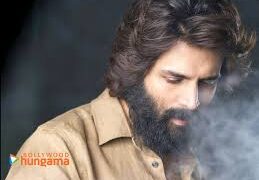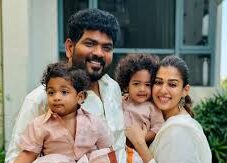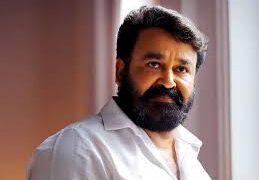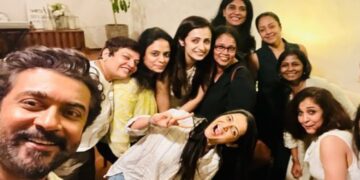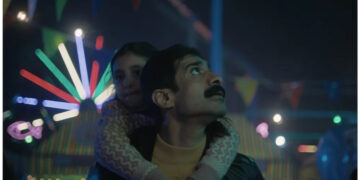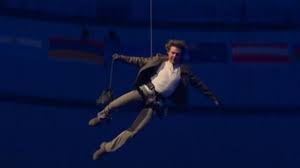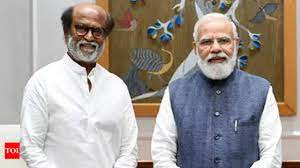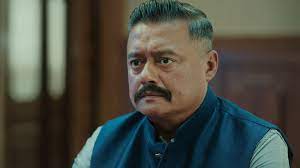In a recent interview with Calcutta Times, accomplished actor Saswata Chatterjee provided a candid perspective on various aspects of his career and the entertainment industry.
Reflecting on a black and white-themed shoot for Calcutta Times, Chatterjee acknowledged its visual appeal for reels and photographs. However, he emphasized the complexity of real-life situations, where individuals reveal their true colors based on circumstances. Drawing parallels with TV and film content, Chatterjee advocated for authentic characters with shades of grey, contrasting them with one-dimensional portrayals.
Chatterjee, known for his diverse roles, described himself as a person with all shades of grey, emphasizing the natural and nuanced aspects of his personality. Sharing his current mantra, he expressed the importance of being choosy, engaging in meaningful work, and indulging in frequent travel. Chatterjee revealed his plans to spend Christmas in Goa with his family and announced his Telugu film debut in a project by Nag Ashwin, featuring Amitabh Bachchan, Kamal Haasan, Deepika Padukone, and Prabhas.
Sharing his experience working with Deepika Padukone, Chatterjee praised her professionalism and recounted a fan-boy moment working with Kamal Haasan. He stressed the significance of authentic characters and genuine professionalism in the industry.
Discussing success in his career, Chatterjee adopted a grounded perspective, stating that, at this juncture, he focuses on giving his best with sincerity. He acknowledged the inevitability of success and failure, urging maturity in embracing both. Reflecting on his journey, he noted the transition from managing multiple TV shows simultaneously to his current approach of prioritizing quality over quantity.
Chatterjee credited director Raj Chakrabarty for shaping the character of Inspector Animesh Dutta in ‘Abar Proloy.’ He highlighted the director’s emotional approach to work and discussed the physical challenges of performing intense fight sequences in the project.
Addressing the perception of doing less work in Tollywood, Chatterjee emphasized his preference for quality over quantity. He mentioned recent and upcoming projects, including the film ‘Jomaloy Jibontoh Bhanu’ and a series by Joydeep Mukherjee.
Discussing the impact of OTT platforms, Chatterjee recognized the freedom for variety and experimental storytelling due to lesser censorship. He observed the competition faced by Bengali films from big-ticket Hindi releases and called for a positive battle and fair competition in the industry.
Expressing gratitude for Anil Kapoor’s praise in an interview with Calcutta Times, Chatterjee highlighted the actor’s humility and mentioned being in touch with him. Addressing challenges in Tollywood, he expressed concern over the diminishing focus on big-scale films due to shrinking budgets.
Chatterjee credited Anil Kapoor for inspiring his physical transformation, acknowledging the importance of health consciousness. He humorously recounted Kapoor’s encouragement, urging him to become toned and avoid the metaphorical ‘family pack.’
In conclusion, Saswata Chatterjee’s insights provide a nuanced look into the evolving landscape of the entertainment industry, his career philosophy, and the challenges faced by regional cinema.











